Chandrayaan-4 mission: ISRO and JAXA’s lunar mission overview
Get a detailed insight into the Chandrayaan-4 mission. Know what the mission will unveil and how it will be carried out.
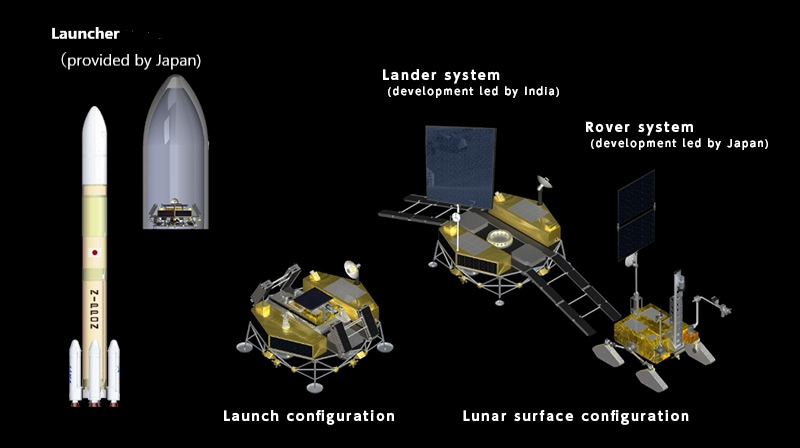


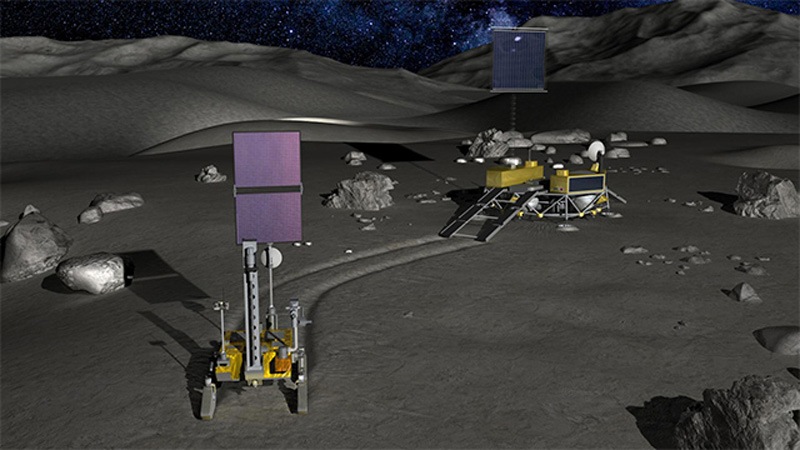
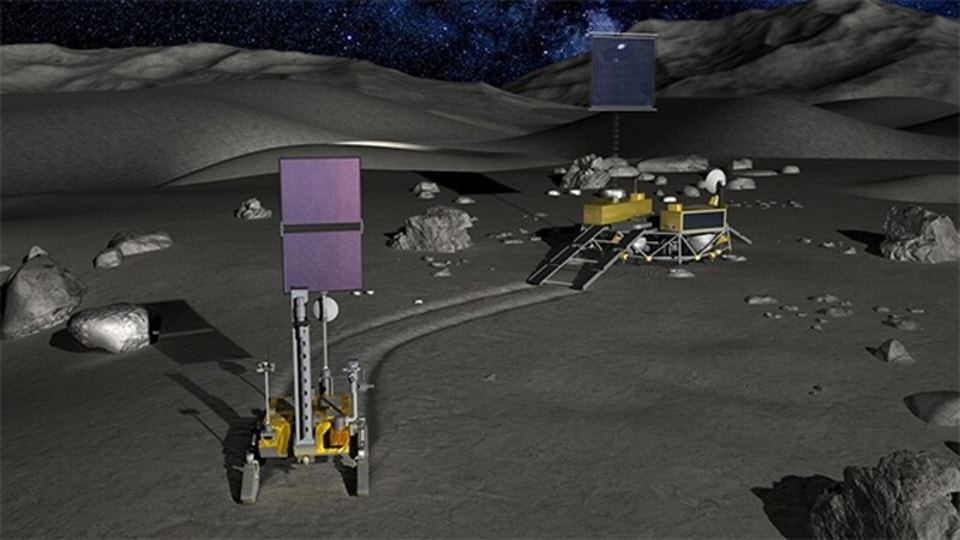
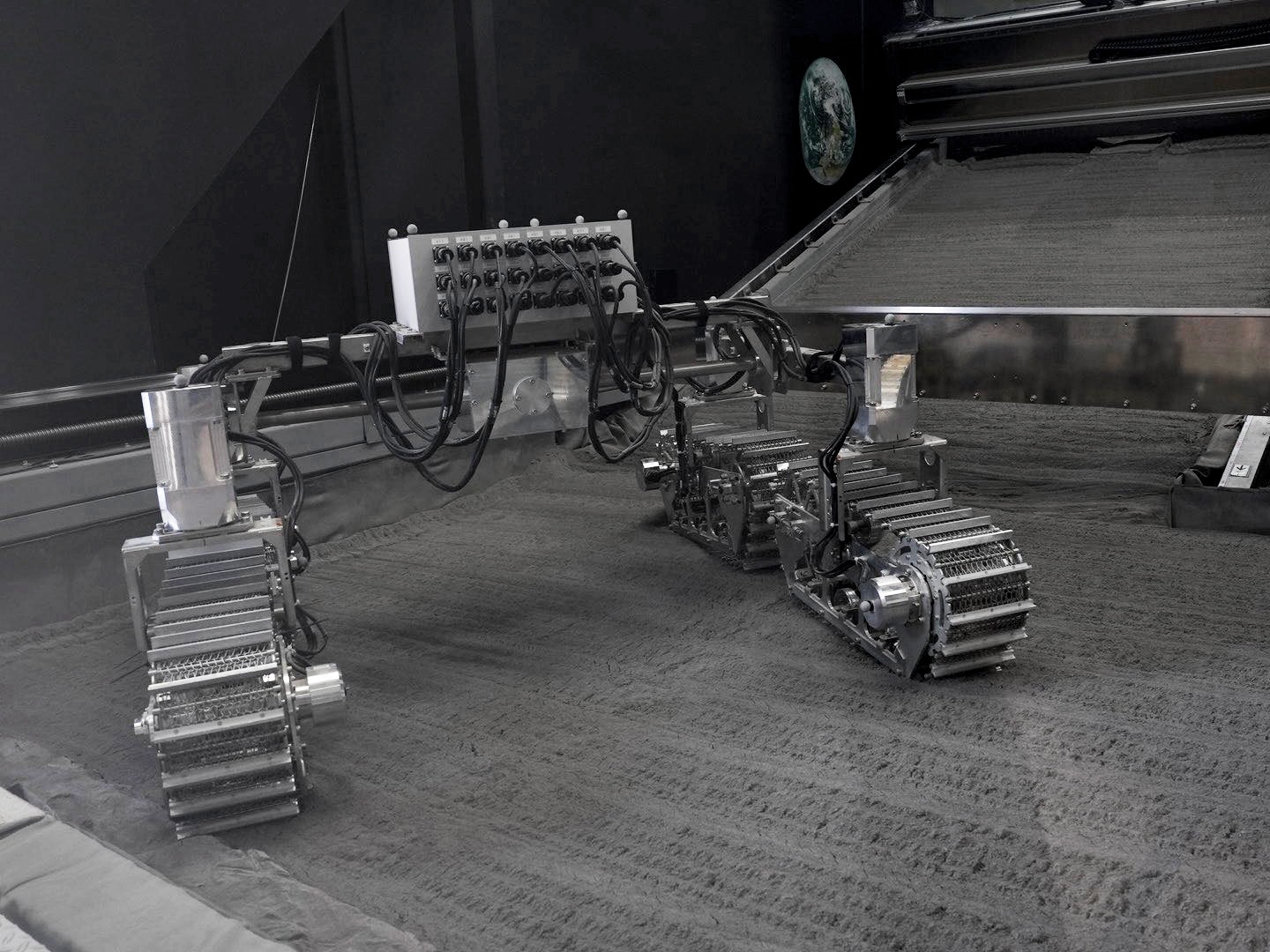
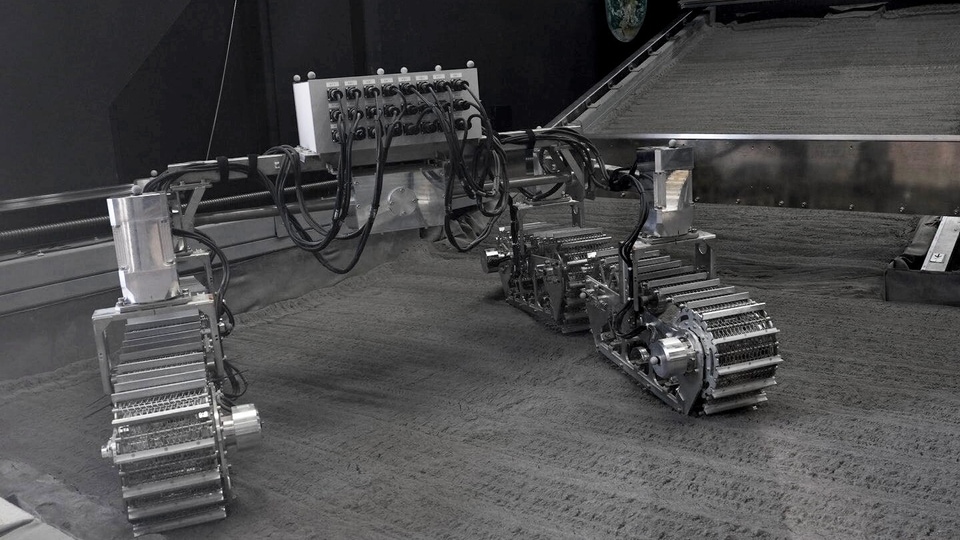
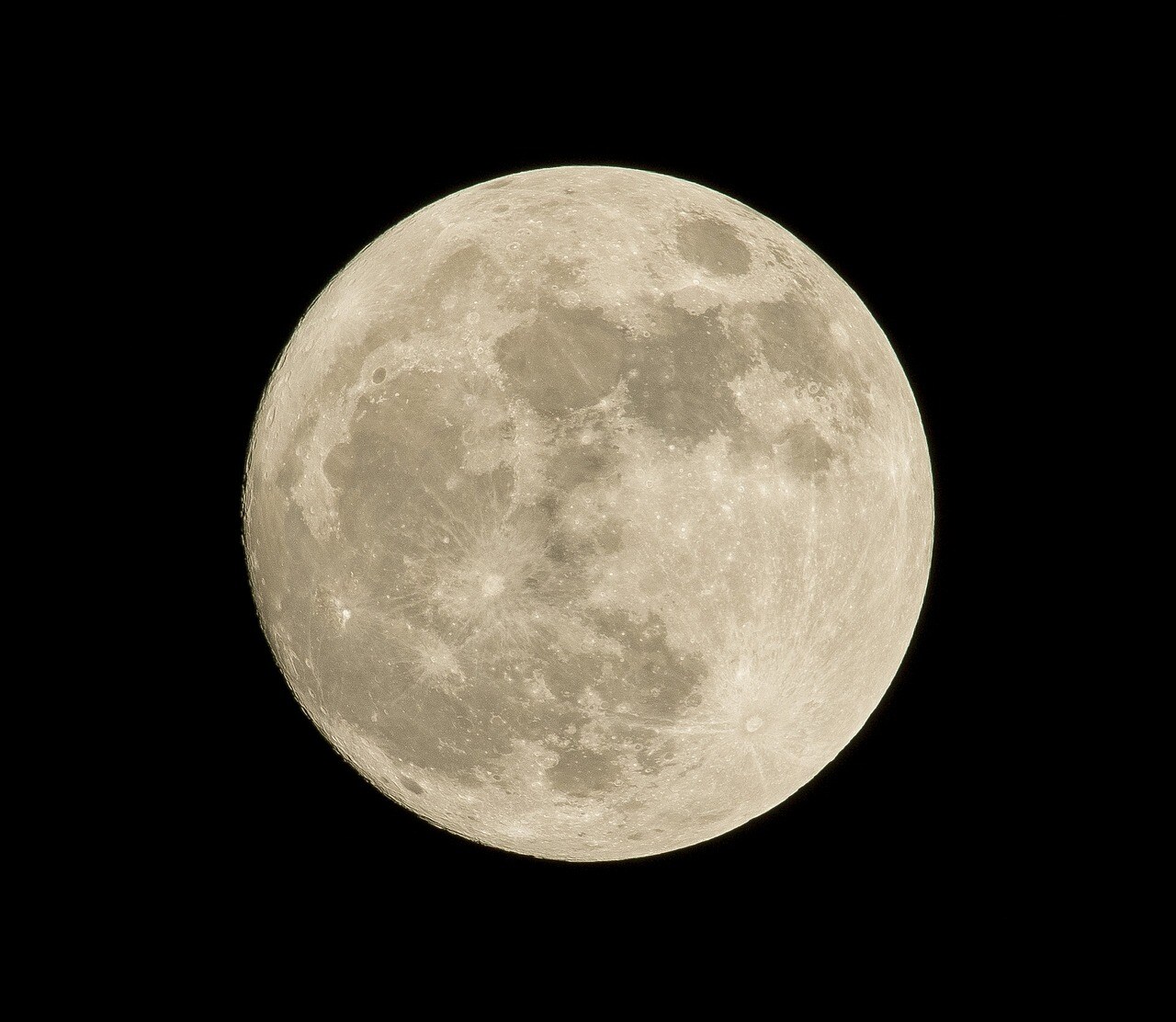
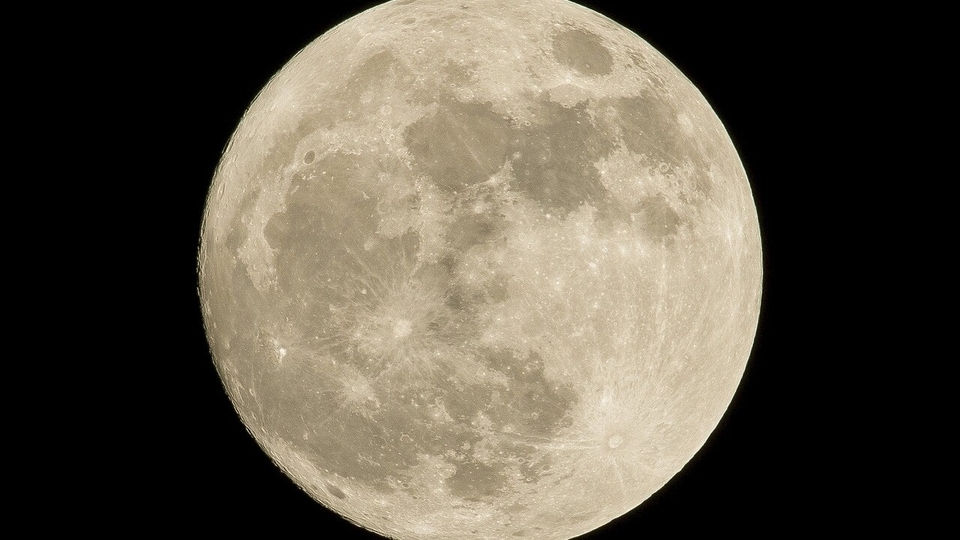
First Published Date: 08 Nov, 09:13 IST
NEXT ARTICLE BEGINS


























